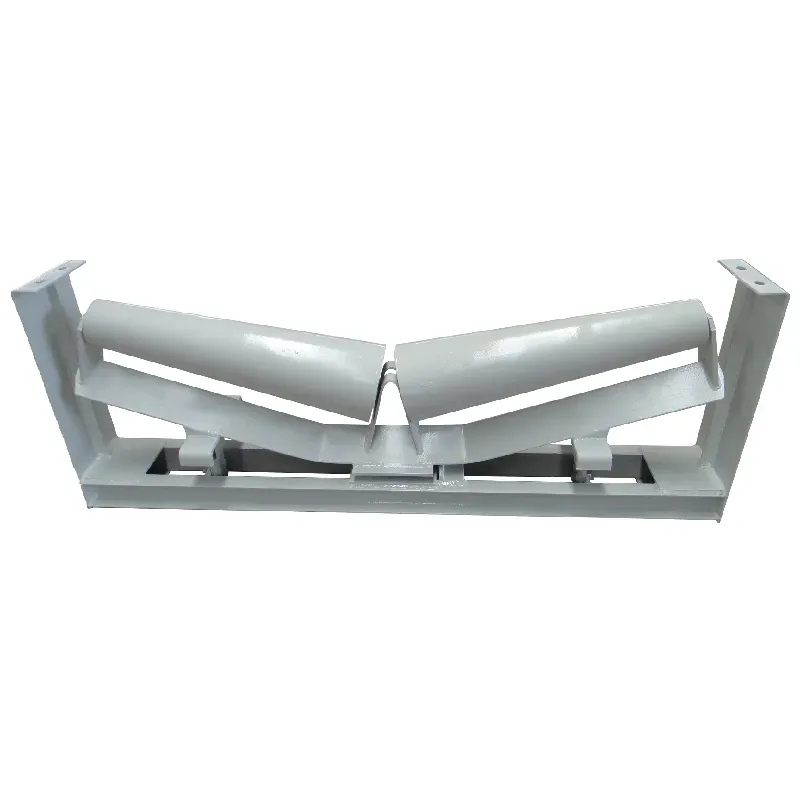 Afrikaans
Afrikaans  Albanian
Albanian  Amharic
Amharic  Arabic
Arabic  Armenian
Armenian  Azerbaijani
Azerbaijani  Basque
Basque  Belarusian
Belarusian  Bengali
Bengali  Bosnian
Bosnian  Bulgarian
Bulgarian  Catalan
Catalan  Cebuano
Cebuano  Corsican
Corsican  Croatian
Croatian  Czech
Czech  Danish
Danish  Dutch
Dutch  English
English  Esperanto
Esperanto  Estonian
Estonian  Finnish
Finnish  French
French  Frisian
Frisian  Galician
Galician  Georgian
Georgian  German
German  Greek
Greek  Gujarati
Gujarati  Haitian Creole
Haitian Creole  hausa
hausa  hawaiian
hawaiian  Hebrew
Hebrew  Hindi
Hindi  Miao
Miao  Hungarian
Hungarian  Icelandic
Icelandic  igbo
igbo  Indonesian
Indonesian  irish
irish  Italian
Italian  Japanese
Japanese  Javanese
Javanese  Kannada
Kannada  kazakh
kazakh  Khmer
Khmer  Rwandese
Rwandese  Korean
Korean  Kurdish
Kurdish  Kyrgyz
Kyrgyz  Lao
Lao  Latin
Latin  Latvian
Latvian  Lithuanian
Lithuanian  Luxembourgish
Luxembourgish  Macedonian
Macedonian  Malgashi
Malgashi  Malay
Malay  Malayalam
Malayalam  Maltese
Maltese  Maori
Maori  Marathi
Marathi  Mongolian
Mongolian  Myanmar
Myanmar  Nepali
Nepali  Norwegian
Norwegian  Norwegian
Norwegian  Occitan
Occitan  Pashto
Pashto  Persian
Persian  Polish
Polish  Portuguese
Portuguese  Punjabi
Punjabi  Romanian
Romanian  Russian
Russian  Samoan
Samoan  Scottish Gaelic
Scottish Gaelic  Serbian
Serbian  Sesotho
Sesotho  Shona
Shona  Sindhi
Sindhi  Sinhala
Sinhala  Slovak
Slovak  Slovenian
Slovenian  Somali
Somali  Spanish
Spanish  Sundanese
Sundanese  Swahili
Swahili  Swedish
Swedish  Tagalog
Tagalog  Tajik
Tajik  Tamil
Tamil  Tatar
Tatar  Telugu
Telugu  Thai
Thai  Turkish
Turkish  Turkmen
Turkmen  Ukrainian
Ukrainian  Urdu
Urdu  Uighur
Uighur  Uzbek
Uzbek  Vietnamese
Vietnamese  Welsh
Welsh  Bantu
Bantu  Yiddish
Yiddish  Yoruba
Yoruba  Zulu
Zulu Understanding the Importance of Belt Training Idlers for Efficient Machinery Performance
Understanding Belt Training Idlers A Key Component in Conveyor Systems
Belt training idlers play a crucial role in the maintenance and functionality of conveyor systems, ensuring that the belt operates efficiently and effectively. As industries increasingly rely on automated systems for the transportation of materials, the importance of understanding and utilizing belt training idlers cannot be overstated. This article delves into what belt training idlers are, how they function, and their significance in the overall conveyor system.
What are Belt Training Idlers?
Belt training idlers are specially designed rollers that are strategically placed within a conveyor system to guide and maintain the proper alignment of the conveyor belt. These idlers help prevent the belt from drifting or misaligning, which can lead to material spillage, belt wear, and increased operational costs. The correct alignment is essential for the efficient transport of materials and contributes to the longevity of the conveyor system.
How Do Belt Training Idlers Function?
Belt training idlers work by utilizing a combination of gravity and friction to ensure that the conveyor belt remains centered along its path. When the belt begins to drift towards one side, the idler is designed to tilt in the direction of the drift. This slight adjustment creates an angle that redirects the belt back toward the center. There are various types of training idlers, including
- Crowned Idlers These idlers feature a slight crown or arc shape that encourages the belt to move toward the center. As the belt travels over the crowned surface, the natural friction and shape guide the belt back into alignment.
- Adjustable Idlers These are designed to be manually adjusted to maintain proper tension and alignment. Operators can modify the angle or position of the idler to suit the specific needs of the conveyor system.
- Self-Aligning Idlers These idlers automatically adjust based on the belt's position. They typically feature a pivot that allows the idler to move laterally as needed, ensuring continuous alignment without manual intervention.
belt training idlers

The Importance of Belt Training Idlers
The significance of belt training idlers extends beyond mere alignment. Properly functioning idlers contribute to several key performance indicators of a conveyor system, including
1. Reduced Wear and Tear Misalignment can lead to uneven wear on both the belt and pulleys, significantly shortening their lifespan. Belt training idlers help mitigate this problem by keeping the belt centered and reducing unnecessary friction and strain.
2. Increased Efficiency An aligned conveyor belt operates smoothly, reducing the likelihood of jams or interruptions. This efficiency translates to more reliable material handling, improved productivity, and lower operational costs.
3. Safety Considerations A misaligned belt can pose safety hazards, leading to material spillage or even equipment failure. Belt training idlers help maintain a safe working environment by ensuring that materials are contained and transported as intended.
4. Cost-Effectiveness By extending the lifespan of the conveyor system components and reducing downtime, the use of belt training idlers can lead to significant cost savings in maintenance and replacement parts.
Conclusion
Belt training idlers are an integral part of any conveyor system, serving to maintain alignment, enhance efficiency, and ensure safety. By understanding their function and importance, operators can better appreciate the role these components play in the seamless operation of material handling systems. Proper selection, installation, and maintenance of belt training idlers are essential for achieving optimal conveyor performance and longevity, ultimately contributing to the success of industrial operations.
-
Revolutionizing Conveyor Reliability with Advanced Rubber Lagging PulleysNewsJul.22,2025
-
Powering Precision and Durability with Expert Manufacturers of Conveyor ComponentsNewsJul.22,2025
-
Optimizing Conveyor Systems with Advanced Conveyor AccessoriesNewsJul.22,2025
-
Maximize Conveyor Efficiency with Quality Conveyor Idler PulleysNewsJul.22,2025
-
Future-Proof Your Conveyor System with High-Performance Polyurethane RollerNewsJul.22,2025
-
Driving Efficiency Forward with Quality Idlers and RollersNewsJul.22,2025





























